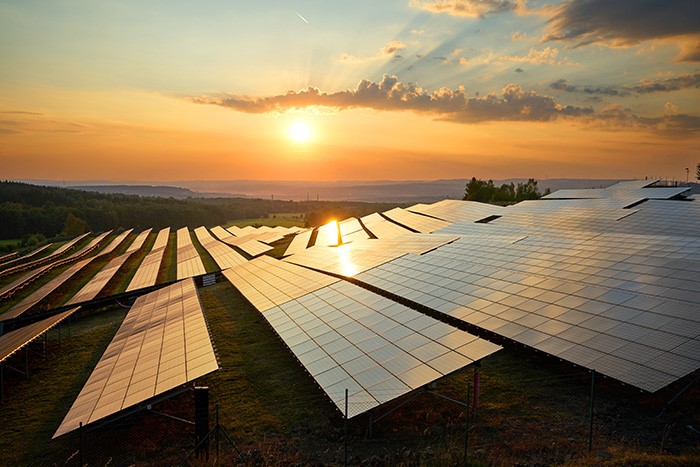August 12, 2019

Our focus is on our clients’ success, and we believe holding a balanced investment portfolio is one key to clients achieving their financial goals. Adding alternative asset classes—commercial real estate, infrastructure and private loans—where appropriate can improve diversification and enhance returns compared to a traditional stocks and bonds portfolio. In this article we look at some of the potential opportunities in the infrastructure market due to advances in renewable energy.
We’re in the middle of an energy transformation characterized by a shift from fossil fuels to renewable power.
While policy actions over the past decade have largely driven the transition to renewable energy, it’s now become a reliable and increasingly competitive alternative for purely economic reasons. The unsubsidized cost of solar power in the US has declined to $43/MWh in 2018 from $359/MWh in 2009, in part due to cost efficiencies and improved technologies, Lazard's Levelized Cost of Energy analysis found. In many places, solar power is the most economical energy source.
Renewable energy sources’ intermittency and advances in technology are creating the need for energy storage solutions. Energy storage, whether standalone or in combination with renewable power assets, provides critical grid-stabilizing ancillary services and back-up capacity. It’s also becoming increasingly valuable as more power is generated by renewable sources. With potential investments in energy storage emerging, our affiliated infrastructure investment team is positioning itself to participate in these opportunities, as well as the ongoing build-out of renewable energy assets, going forward.
When combined with energy storage, many places could see renewable power sources eventually replace conventional power sources. A growing number of countries and cities have committed to higher renewable energy targets, including at least ten Canadian cities and several US states that have 100% targets, such as California and New York State.
But reaching these targets will require significant investment. Bloomberg New Energy Finance reports that hydroelectric power accounts for about a quarter of the current global power supply. This is expected to reach half by 2035 and close to three quarters by 2050—requiring more than US$1.7 trillion of additional investment over the next decade alone, according to Bloomberg New Energy Finance and the International Renewable Energy Agency. As government subsidies decline, we believe these opportunities will increasingly favour investors who can drive value and enhance cash flows through active management, like the Private Client Infrastructure Portfolio that has vast experience and expertise constructing, managing and owning renewable energy assets. The portfolio also benefits from patient capital and a long-term ownership mindset. Accordingly, it should have substantial ability to invest in this area for many years to come.